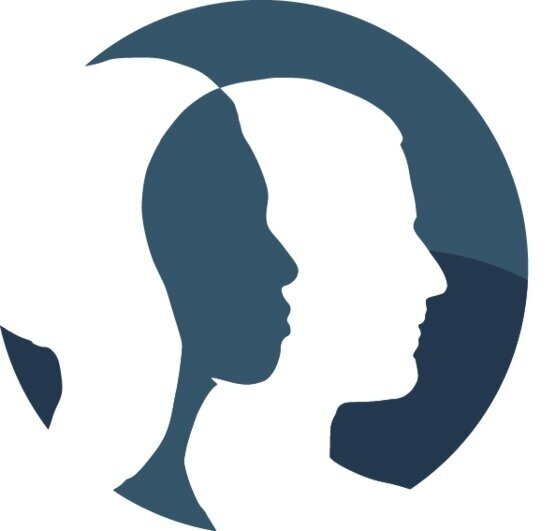Tongue Posture
Having the correct tongue-resting posture is the number one goal of Myofunctional Therapy! A tongue at-rest in the mouth produces constant, light forces which have the ability to either help or hurt the growth of the teeth, face and jaws, so it is essential that these forces are being put against the right spots.
So, where should your tongue “live” in your mouth when you are not talking and not eating?
Ideally, your tongue should rest high in the top of your mouth, contacting the entire palate. This position provides internal support for your upper jaw and a guide for the proper growth of your face, jaws and airway.
Low Tongue Posture
Low tongue posture, or incorrect tongue posture is a common but abnormal condition that can develop at any time period throughout life. Incorrect tongue posture is related to the tongue resting against the teeth, between the teeth or on the floor of the mouth.
Low tongue posture typically develops due mouth breathing, a sucking habit or tongue tie and must be corrected as soon as possible to restore normal function and balance to the orofacial muscles.
Tongue pushing forward during swallowing
Tongue Thrust
A tongue-thrust is an oral habit, occurring when the tongue pushes forward or through the sides of the teeth when swallowing or speaking.
This tongue-thrust swallowing pattern puts heavy, intermittent forces on the teeth and jaws and may cause other muscles to compensate to help with swallowing.
Prolonged low tongue posture and tongue-thrust swallowing pattern also contributes to TMJ disorders and jaw pain.
Signs of Low Tongue Posture/Tongue Thrust
Mouth breathing- the mouth is open at rest with the tongue resting forward or sticking out
Sucking habits- sucking habits result in an incorrect swallowing and resting position of the tongue. Even when the thumb, finger or pacifier has been removed, poor habits with the tongue remain.
Speech concerns- especially with “s” sounds
Tongue tie- the tongue is anchored to the floor of the mouth and not able to rest fully in the palate
Orthodontic relapse or delay in correcting teeth with braces
Delayed eruption of adult teeth after primary teeth are lost due to the force of the tongue resting on the teeth and gums
After 5 months of therapy, correcting tongue posture and tongue thrust.
What can be done?
Orofacial myofunctional therapy (OMT) is the best form of treatment for correcting low tongue posture and tongue thrust long term. OMT involves a progression of exercises and activities, aimed at retraining the muscles of the tongue to learn new, lifelong habits without appliances. We are often able to see favourable changes in the teeth by changing the resting position of the tongue!
Contact us today to get started!



